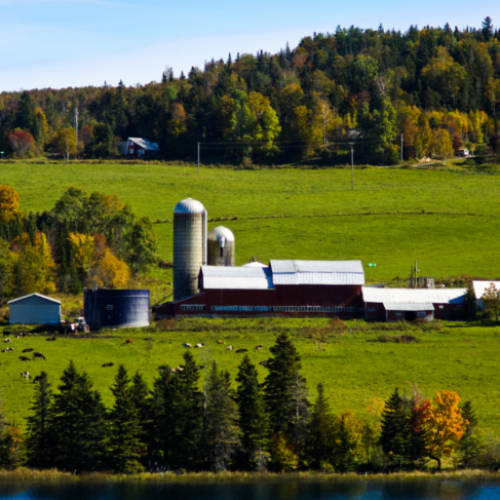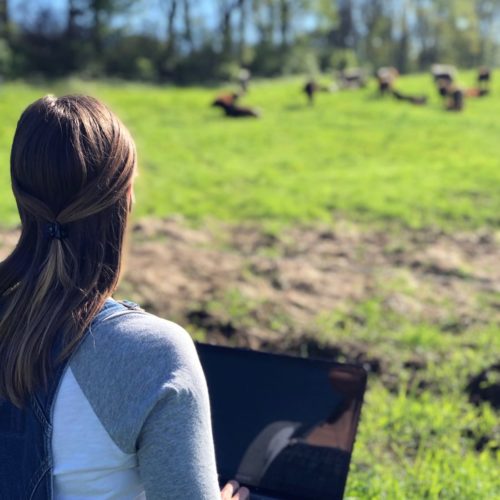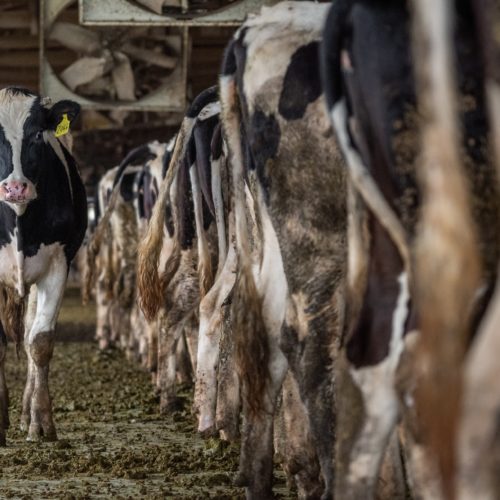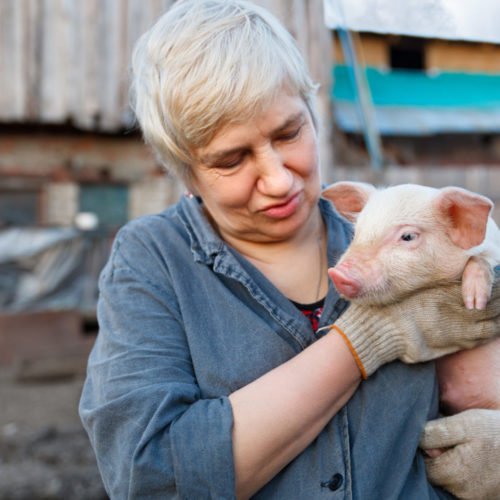A recent report from the Center for Rural Affairs indicates that, during the period 2008 through 2012, people living in rural areas and isolated small cities utilized Supplemental Nutrition Assistance Program (SNAP) benefits more than their Metropolitan counterparts.
| Area | % of population
using SNAP |
Total Households
with SNAP Benefits |
| Rural | 14.6% | 1.1 Million |
| Micropolitan
(isolated small cities) |
13.8% | 1.6 Million |
| Metropolitan | 10.9% | 10.4 Million |
The latest update from dailyyonder.com shows a growth in rural population needing SNAP assistance of up to 16%, two and a half percent more than the rest of the US population (13.5%). In terms of individuals, 7.4 million rural residence take advantage of the former Food Stamp program, while still much smaller than the non-rural population on SNAP of 37.2 million people.
The dailyyonder.com article was recently published, complete with an interactive map showing the percent of population, by county, receiving benefits from SNAP. It is noteworthy in that much of the farm belt which makes up the center of the country participates less than the average in SNAP, while the traditional poor areas of the US have high use in the program. The top ten counties for Electronic Benefits Transfer (EBT) card use as a percent of population are three American Indian Reservation counties in South Dakota and Alaska, followed by coal country counties in West Virginia, then the Mississippi River Delta area, and then Eastern Kentucky. The states with high percentages of SNAP use are largely in the South, Appalachia, and Arizona.
The dailyyonder.com article and map can be found here





